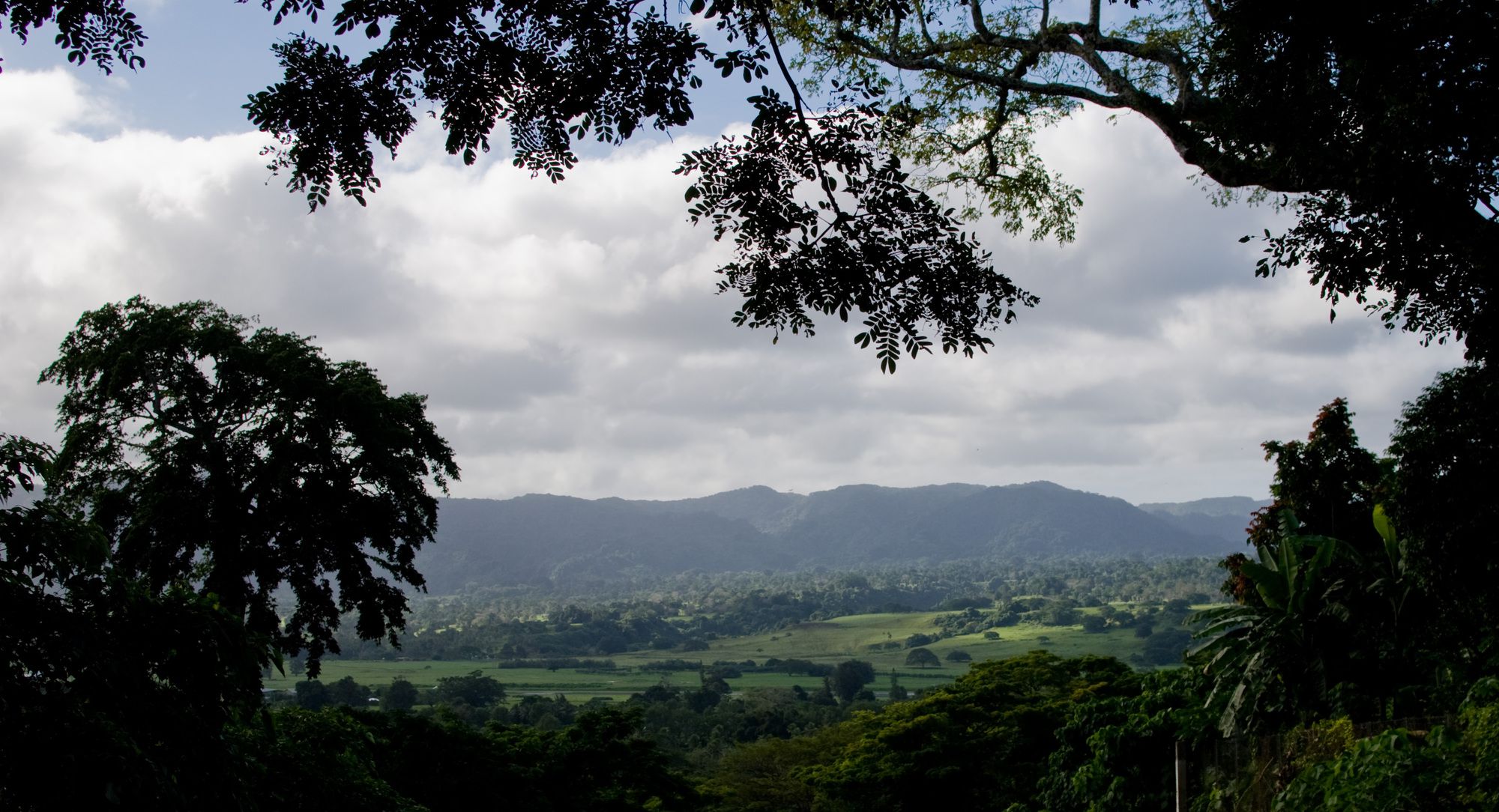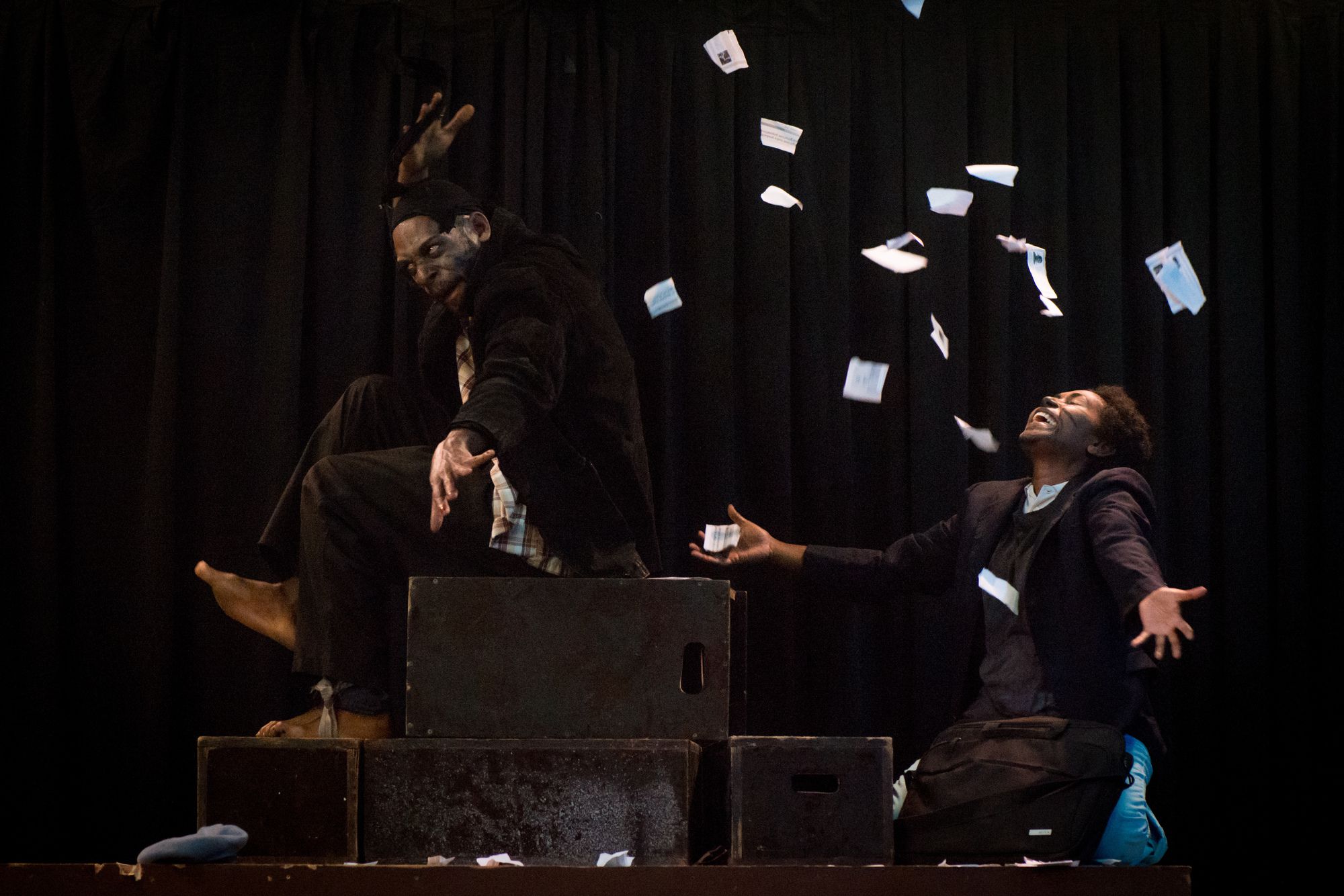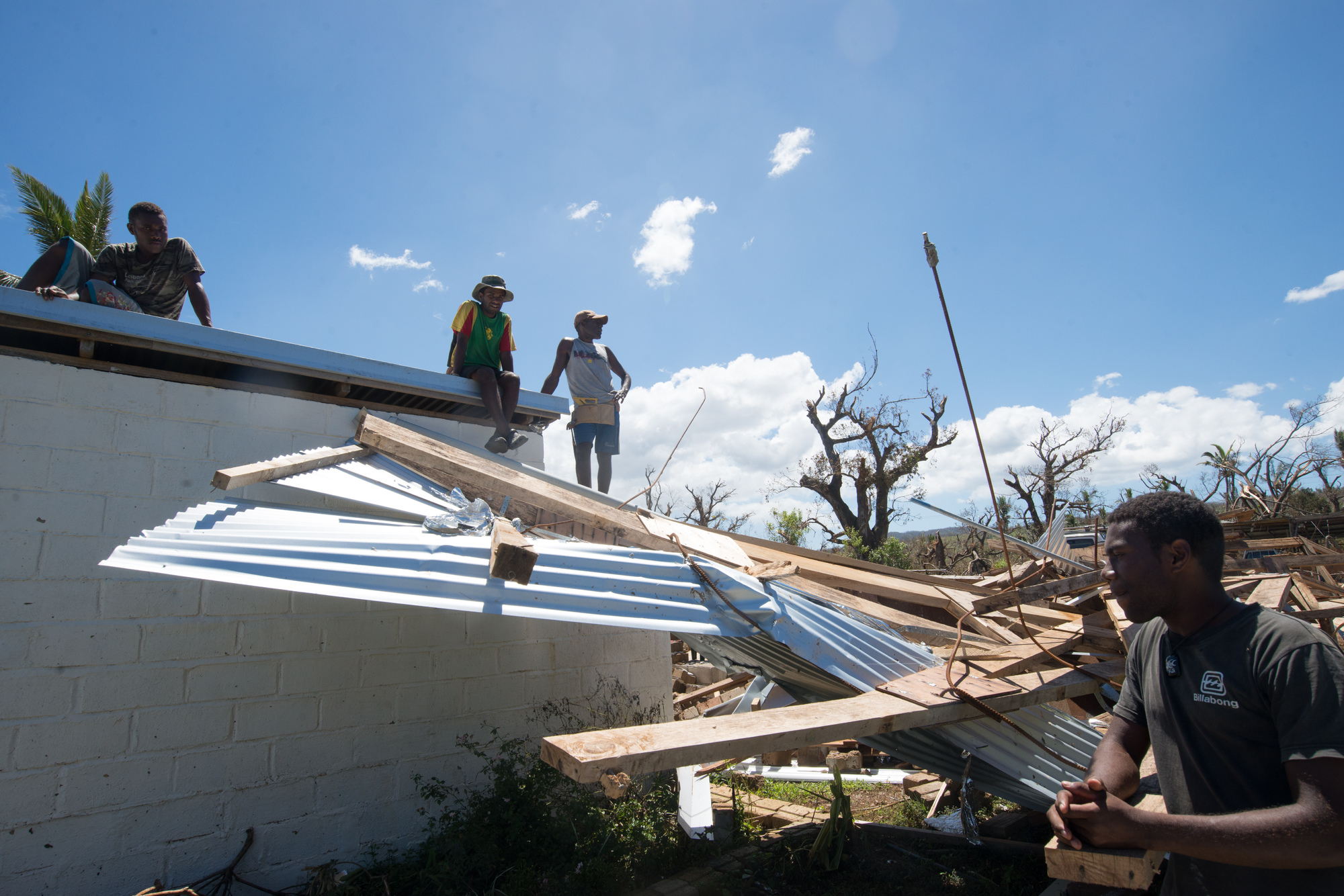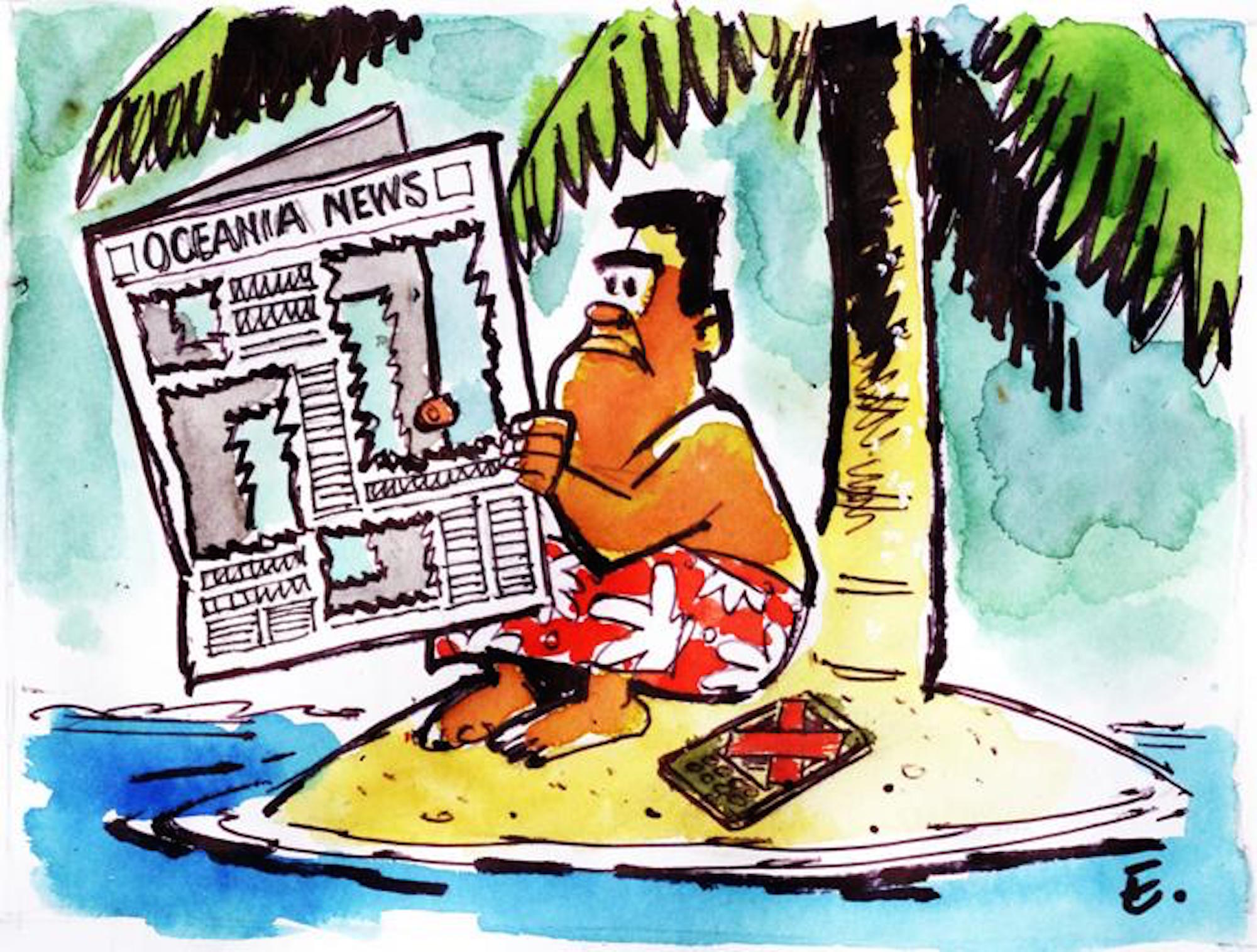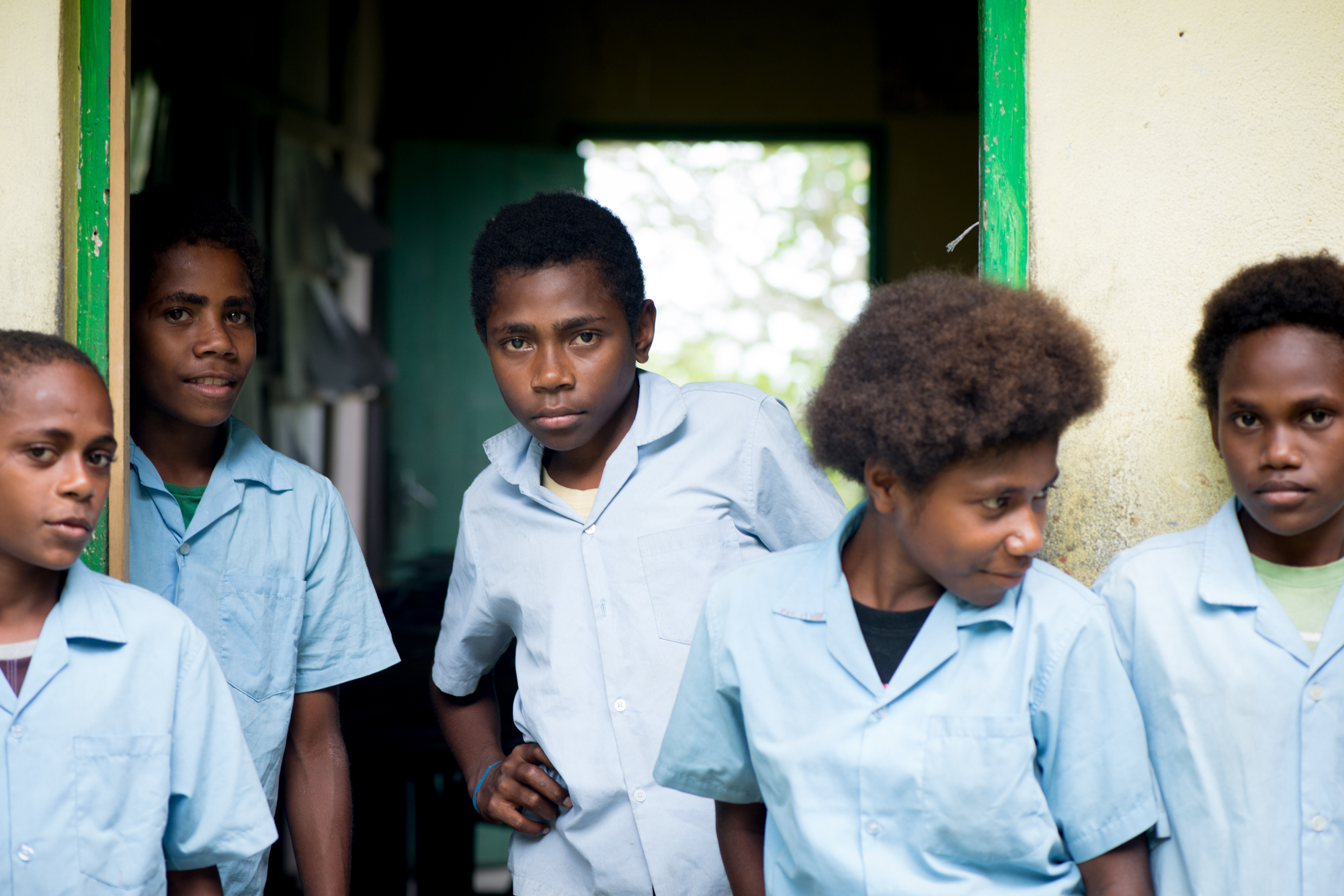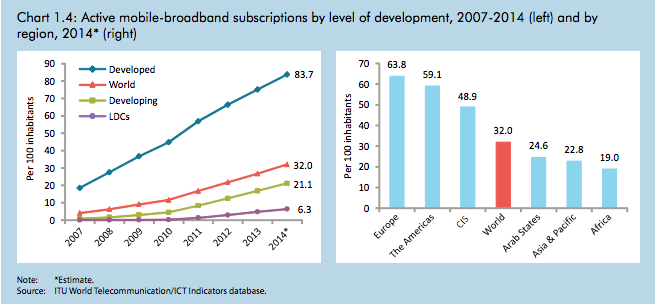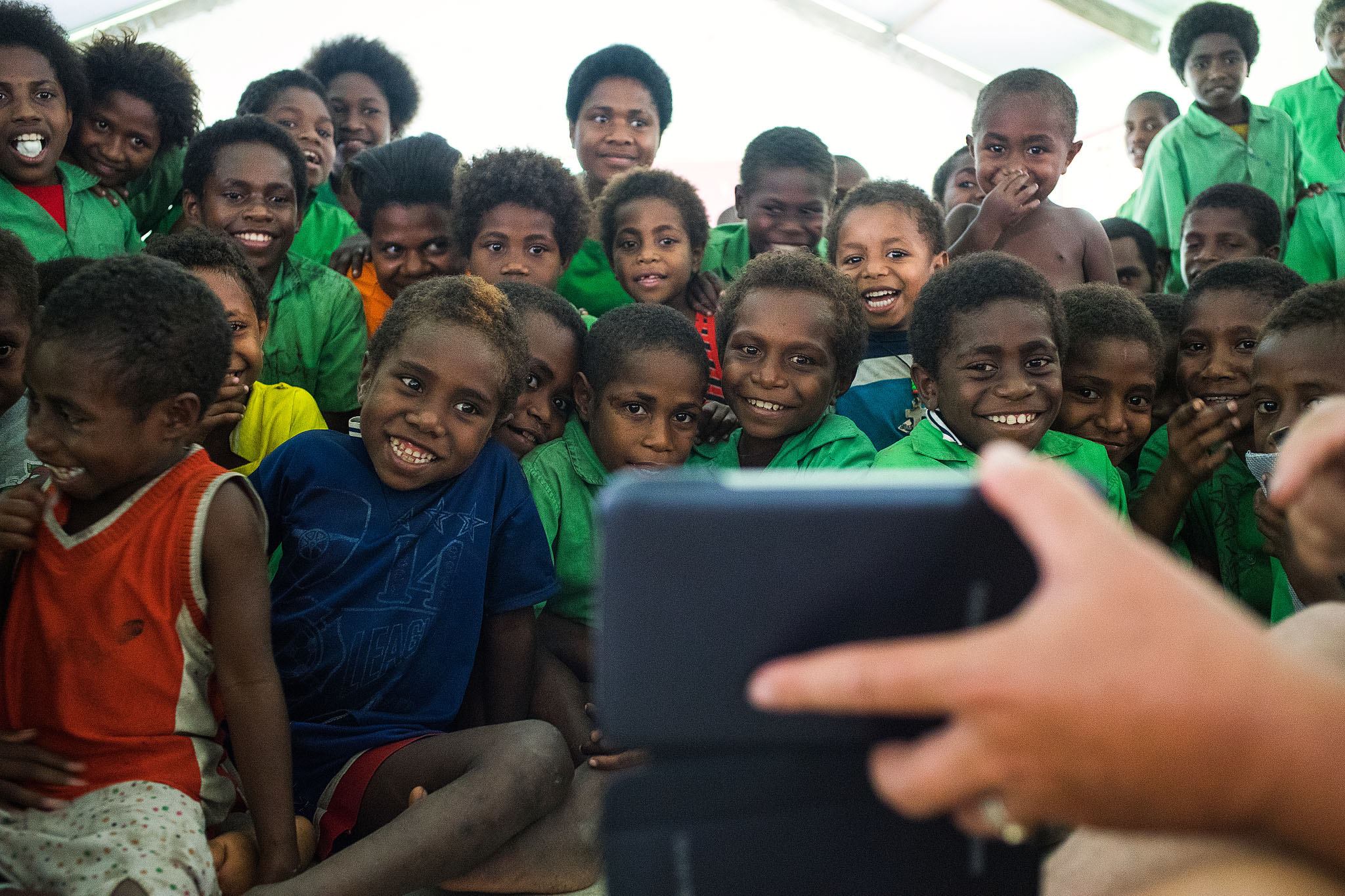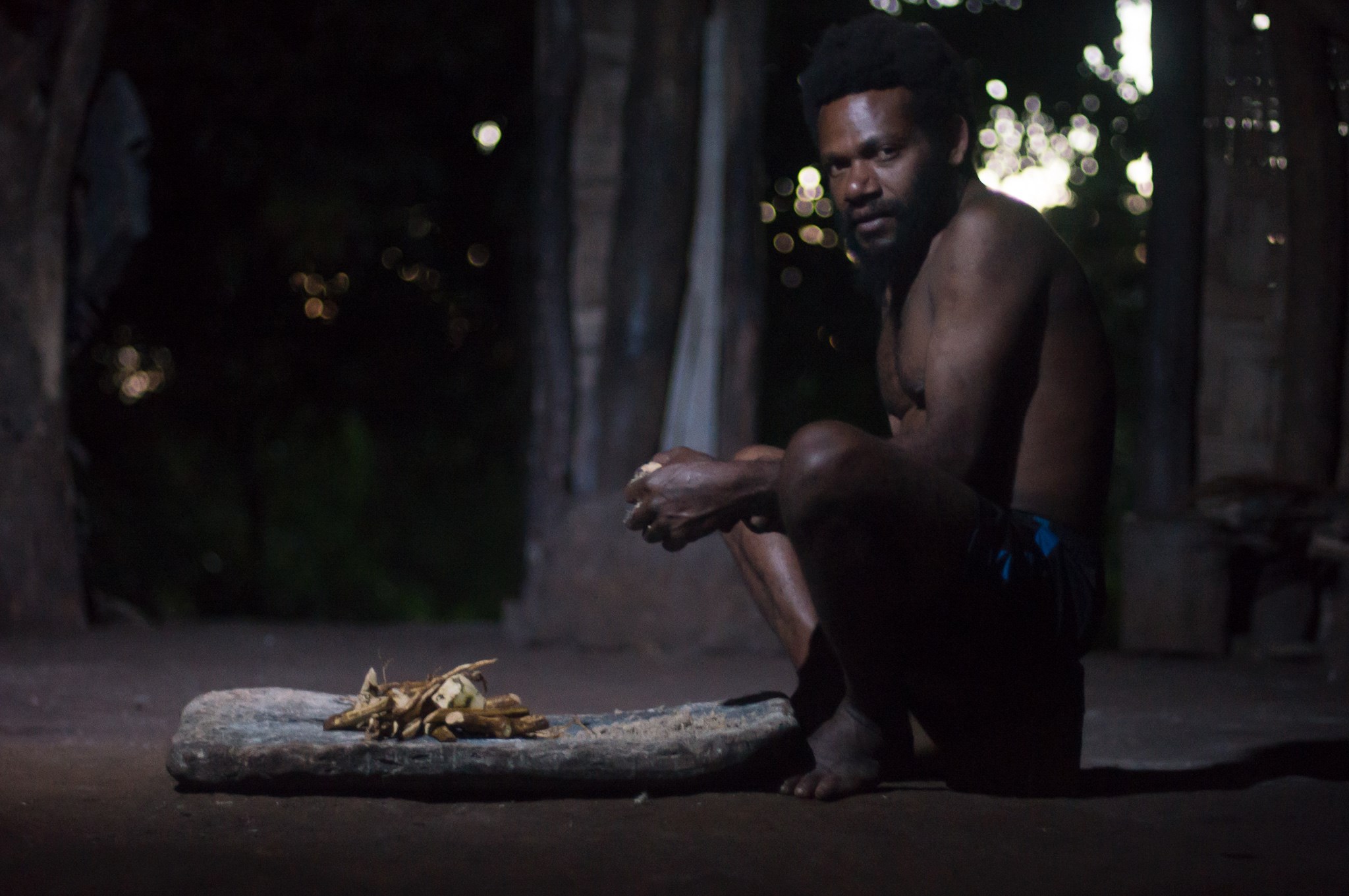In journalism and in life, it helps to believe in a few things
In journalism and in life, it helps to believe in a few things:
I believe in long answers to short questions. I believe that each question raises more questions. I believe that wisdom consists mostly of raising more questions than others do. I believe there is no higher vocation than trying to understand.
I believe that people confuse clarity with simplicity. I believe that sometimes things are perfectly clear, but rarely are they simple. I believe that simple solutions are never right enough to be useful.
I sometimes believe that it’s Us versus Them, but then I remind myself that Us is all of us.
I believe that short, pithy statements are all well and good, but useless if taken alone. I believe that, eventually, all slogans become lies.
I believe that faith unchallenged is weakness. I believe that unquestioning faith raises walls rather than breaking them down. I believe that unquestioning belief is a kind of blindness.
I believe that truth is often painful, but learning is a glorious thing. I believe that, just as we exult in the physical exertion of sport, we can exult in the psychic pain of learning and improvement. I believe that correcting someone is a sign of respect. I believe that it is respectful to believe someone capable of learning and worthy of our help. I believe that we should embrace correction from others.
I believe that we are wrong more often than we are right, and even if we’re not, we should act as if we were. Read more “CREDO”

